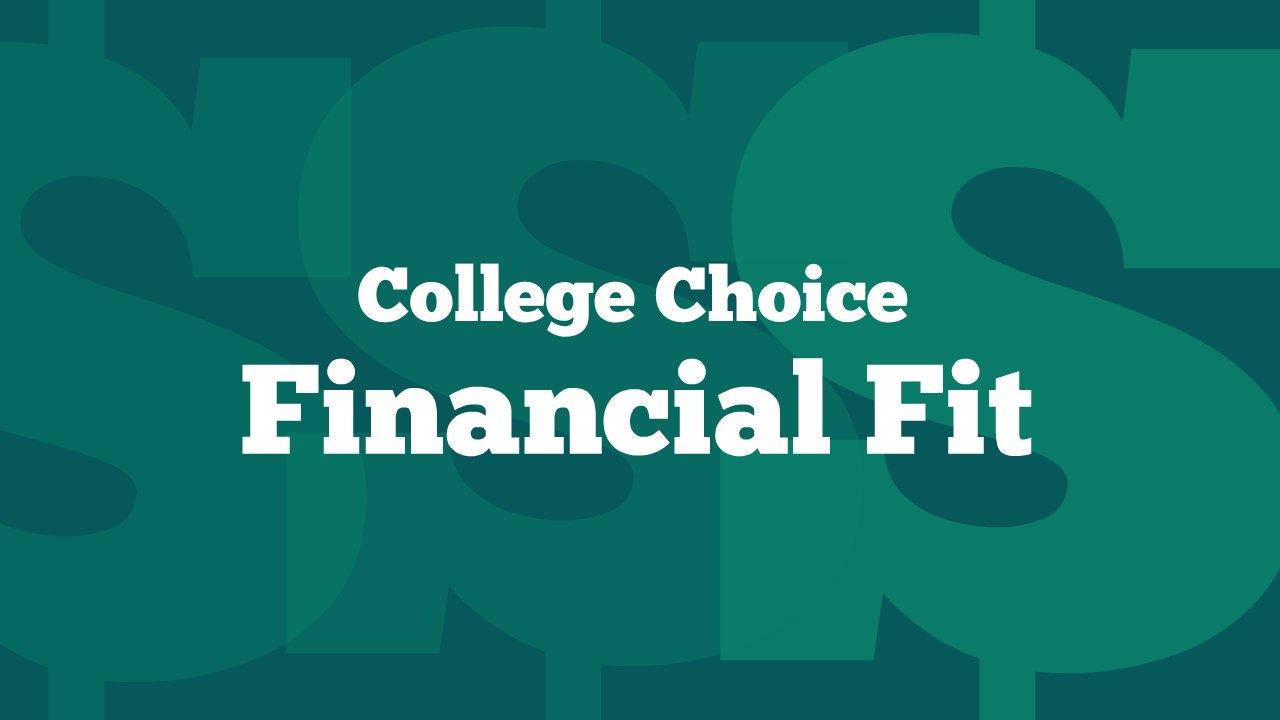It is not the best approach to pick a college based on if the price is right, but applicants should include cost as one of the key factors for considering college choices.
Weekly digest of information and resources for college applications, education success and financial aid.
Follow the included links to find articles to learn more.

Talk Finances With Your Parents
Schedule a time to sit down with your parents and talk college finances. While reviewing admissions decisions, it’s good to set realistic expectations about where you can afford to attend before decisions are made. Financial aid packages may have yet to arrive – but you can make informed estimates about the federal and state grant funding based on your FAFSA results.

Tip Tuesday
Five tips to learn about your potential college costs and how to evaluate costs and funding at different colleges. This is a summary list, click here to read the detailed list.
- Learn about common grants also known as “gift aid” and check to see if they are offered at the colleges you are considering:
- Research four items for each school you are considering.
- Prepare an estimate college budget.
- Use net price calculators.
- Consider the length of time you plan to be in school.

QUESTION: What is “need” aid or “merit” aid?
ANSWER:
Need-based: Based on a student’s financial need. Example: A need-based grant might be awarded based on a student’s low income.
Merit-based: Based on a student’s skill or ability. Example: A merit-based scholarship might be awarded based on a student’s high grades.

Cost of Attendance (COA)
Your COA is the amount it will cost you to go to school. This is a value, broken out into categories, that shows your total cost for the school year. Colleges will calculate an estimate COA for the average student and an individual COA for you.
If you’re attending at least half-time, your COA is the estimate of
- tuition and fees
- “room and board” aka housing and food (or living expenses for students who do not contract with the school for room and board).
- books and course supplies
- transportation
- loan fees
- miscellaneous expenses (such as including a reasonable amount for the cost of a personal computer; professional clothes for an interview; dorm essentials; etc.)
Read more about what financial aid will pay for.

MYTH: All loans are the same
FACT: All loans are NOT the same
Anytime you borrow money, you need to smart about your decision. Understand the terms of the loan. Know how much it will cost you to repay the loan. Pay attention to how much loan funding is included you college financial aid offers and what types of loans are offered. Here are four types of loans you may see in a financial aid package, listed in order of which is “better” for the borrower.
Subsidized Loan
A loan based on financial need for which the federal government generally pays the interest that accrues while the borrower is in an in-school, grace, or deferment status, and during certain periods of repayment under certain income-driven repayment plans.
Unsubsidized Loan
A loan for which the borrower is fully responsible for paying the interest regardless of the loan status. Interest on unsubsidized loans accrues from the date of disbursement and continues throughout the life of the loan.
PLUS Loan
A loan available to graduate students and parents of dependent undergraduate students for which the borrower is fully responsible for paying the interest regardless of the loan status.
Private Loan
A nonfederal loan made by a lender such as a bank, credit union, state agency, or school






